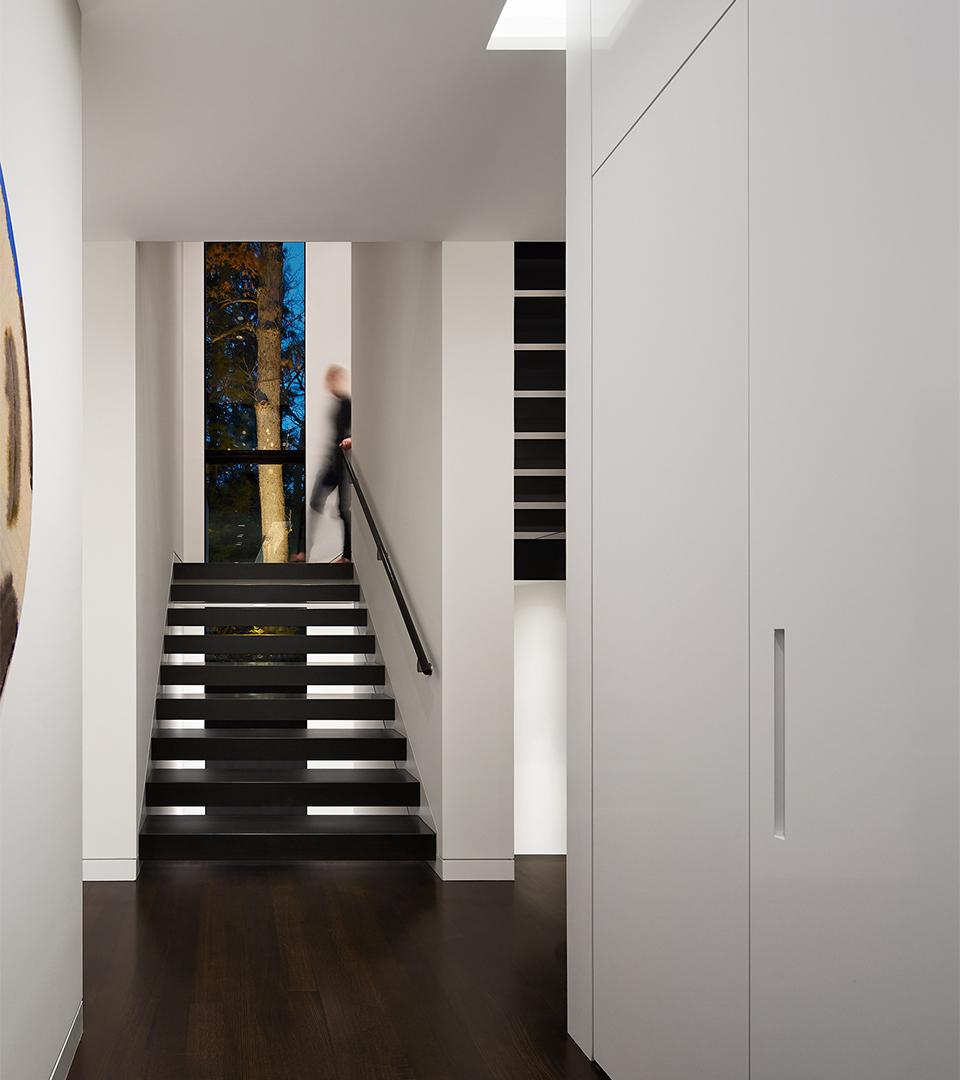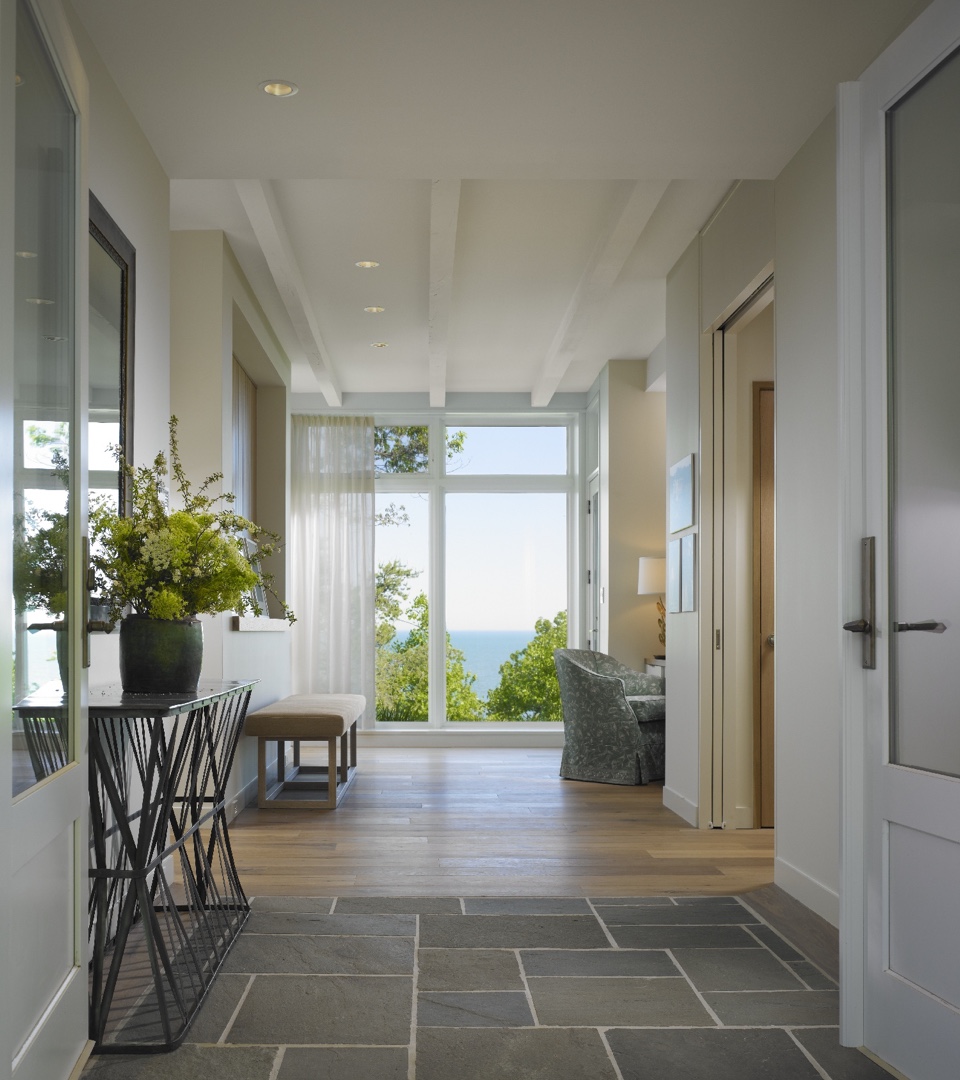Choreographing the Movement that Shapes a Home
Homes are more than a collection of rooms or staged moments;
they have repeated paths of movement—from bedroom to kitchen or garage to living room—that guide the way a person lives in the space. Each path within a home should be as crafted, thoughtful and warm as the spaces in-between. As architects, we choreograph movement to create beauty and connection as you transition through your home, experiencing daily life.
People gravitate toward certain areas of a home. In modern times, it’s often the kitchen or an outdoor oasis. Architecture has responded by designing these gathering spaces as central focus points—large kitchens with spaces to gather and outdoor spaces that feel like living rooms. What’s often overlooked is how people circulate through these areas.
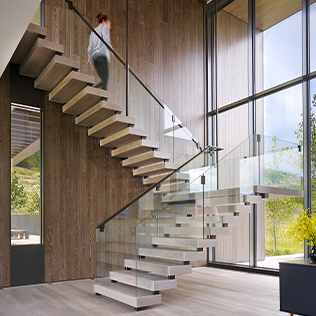
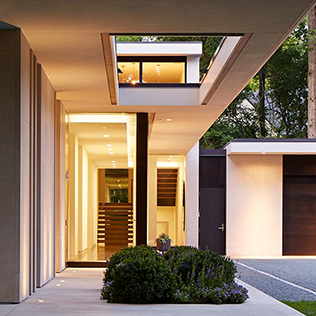
Choreographing movement is an essential principle of our design. Rather than strict hallways, we create implied corridors—by allowing spatial overlap between living spaces and throughways—allowing circulation with openness and view. This allows for inherent family interaction in the shared spaces as walkways become less defined and more flexible.
As part of the composition, we also strategically place windows as focal points to bring in light and seasonal views, and expand the sense of movement beyond the home interior.
While our homes have an open plan with implied spatial definition, we create strong axial alignments—a defined visual point at the end of each path—to express the thoughtful order that lies within each design.
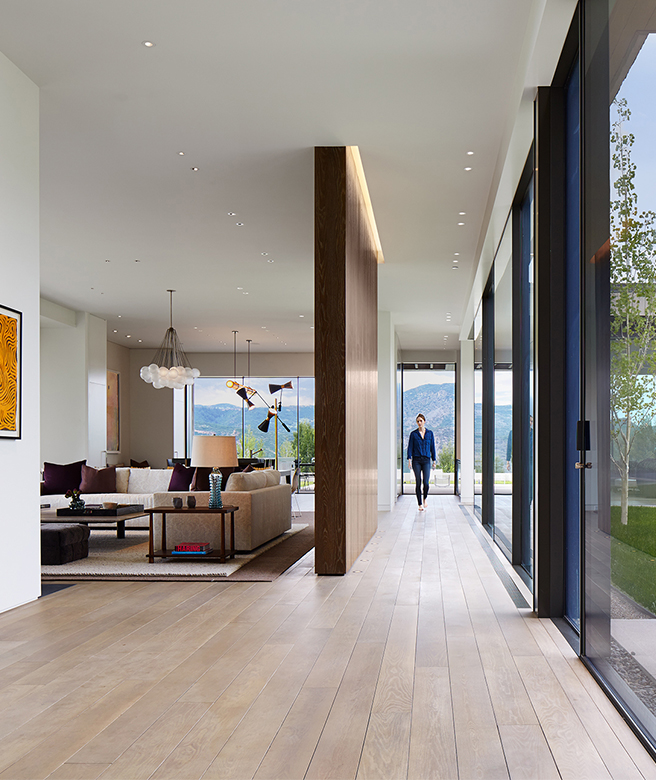
We also consider the vertical circulation. Stairs historically served as the core of the home, and we continue this precedent while using a detailing consistent with the creative and artful language of the home. From one level to the next, the sculptural form of the stair becomes an art piece and focal point, while carefully considered placement creates a natural flow.
Designing for how people live and how they connect with each other within a house is what makes it truly a home—one that can be passed down from generation to generation.
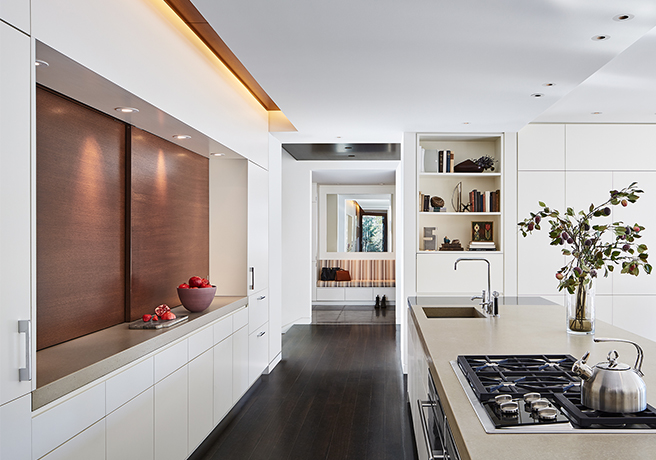
“Each path within a home should be as crafted, thoughtful and warm as the spaces in-between.”
— Celeste Robbins